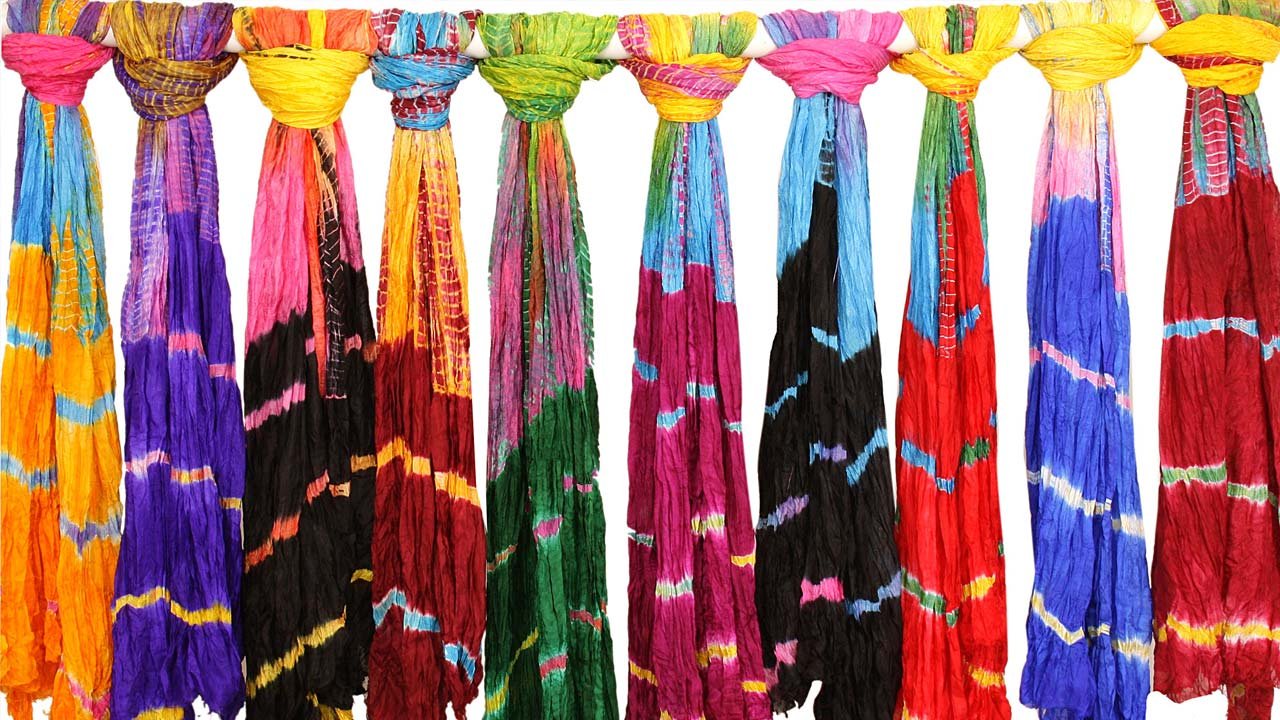If you ever visit Rajasthan during monsoon, you will see women draped in beautiful sarees with wavy stripes stroked on bright colours.
This soothing design is called Leheriya, a form of tie and dye art discovered in desert state.
Lahariya creates complex wavy patterns aesthetically on a thin cotton or a smooth silk cloth, mostly seen on sarees and turbans. Symbolisig luxe look, Leheriya has now become a designer quotient with all leading designers accommodating it in their ensemble to create a difference!
Its natural, ripple effect accommodated in mesmerizing colours makes it the most unique form and its colour resist dyeing technique is other distinguished feature.
Leheriya was patronized in the nineteenth and early twentieth century by the local traders and merchants who wore turbans of bright Leheriya fabric.
These are harmoniously arranged diagonal stripes, which were originally, dyed in the auspicious colors of yellow and red.
This making process of leheriya is quite interesting and runs smooth in a story form.
The diagonal stripes are first harmoniously arranged, they are then dyed in yellow and red shades.
Dyeing comes with the tie-resist method under which the cloth piece is rolled in a diagonal pattern. A few portions resist the process of binding threads before the dying of cloth starts. The shorter is the distance, the larger are the efforts required to prevent colour spilling. The process is repeated until the fabric attains the requisite number of colours.
The bewitching and brilliant colour combinations of leheriya appeal all with its calm, gentle and restful feel. This traditional style was patronised in the 19th and 20th century with the help of local traders who used to wear bright leheriya turbans.
Leheria turbans were a significant part of male business attire in Rajasthan during the nineteenth and early twentieth centuries.
Today, it is being produced in Rajasthan cities namely Jodhpur, Jaipur, Udaipur and Nathdwara among many others.


